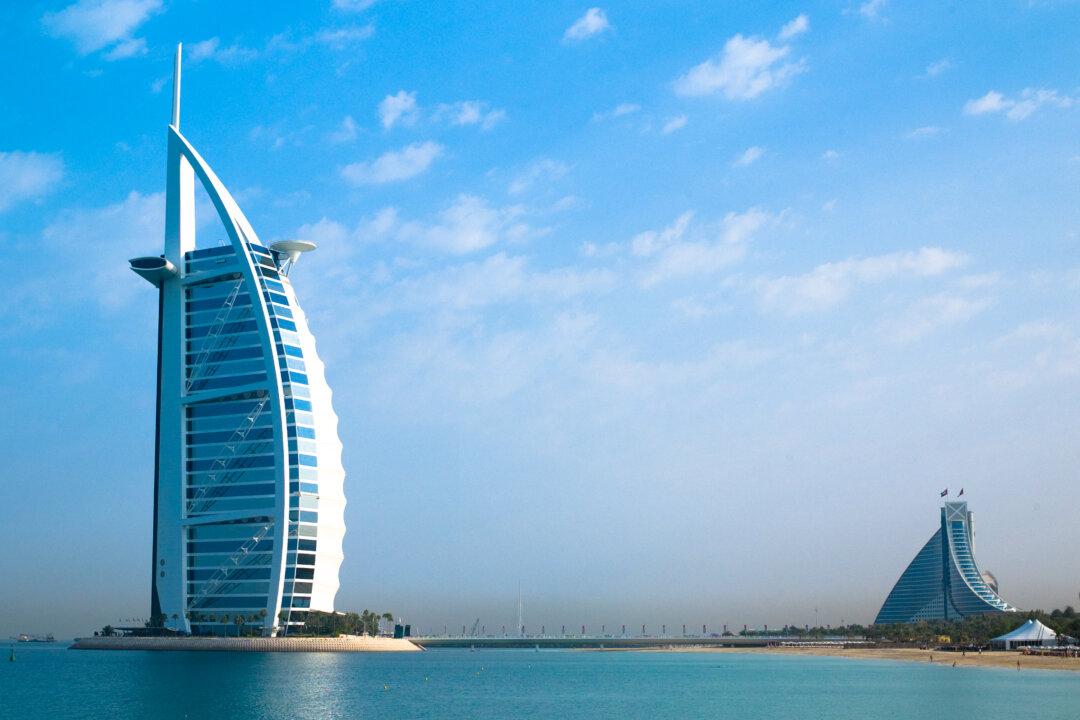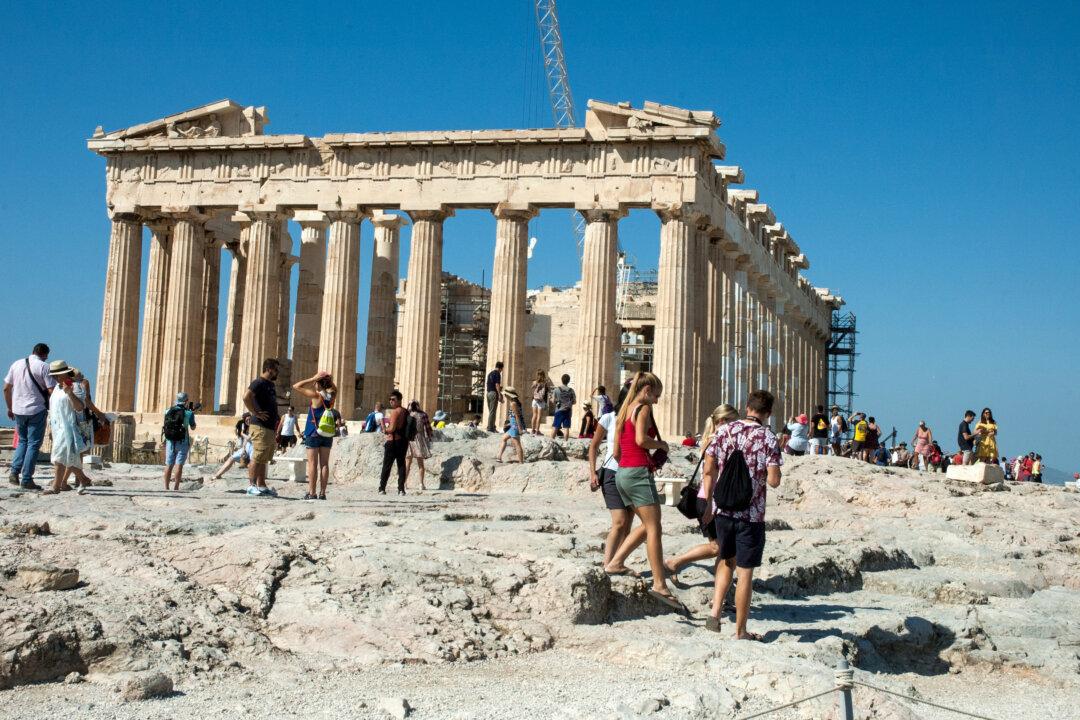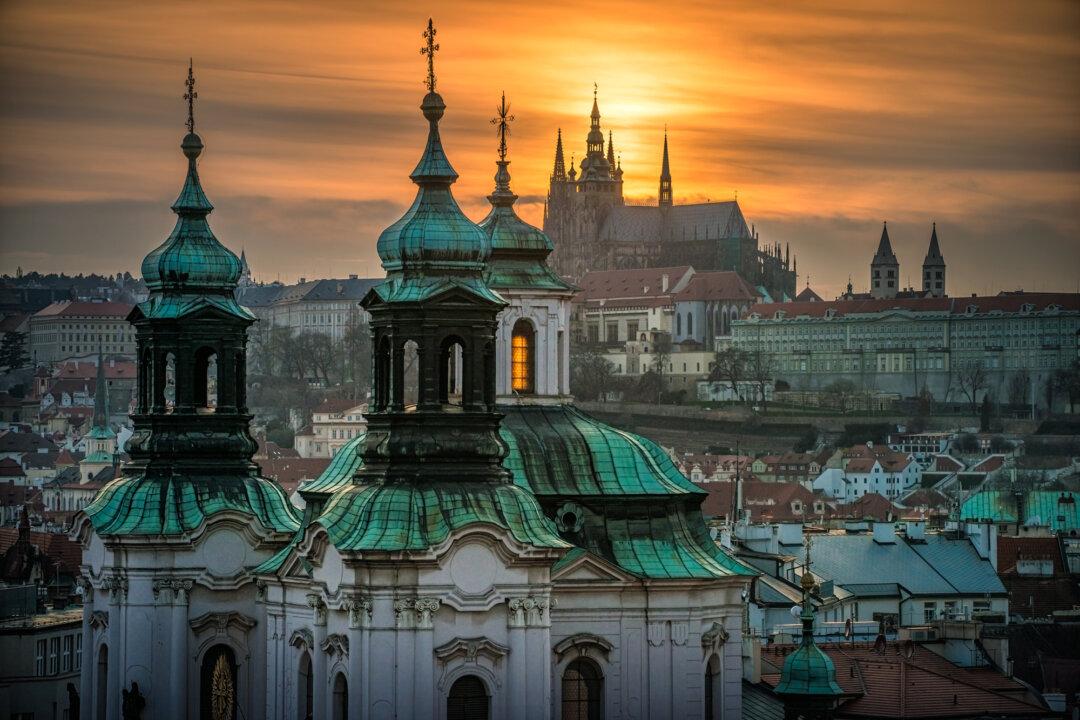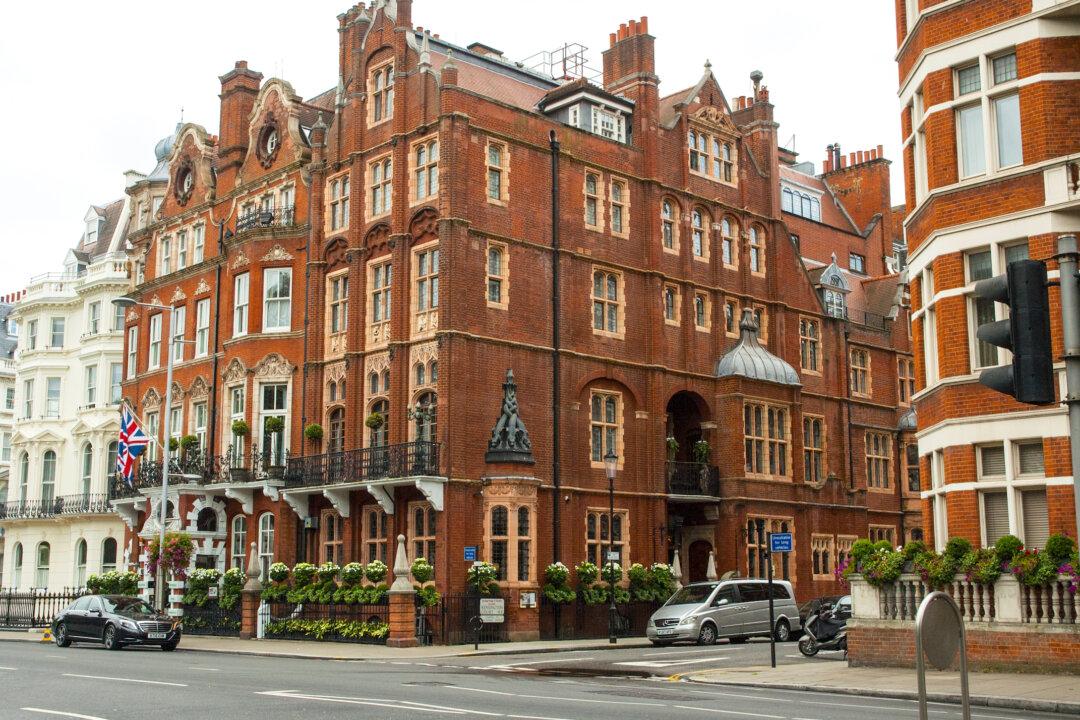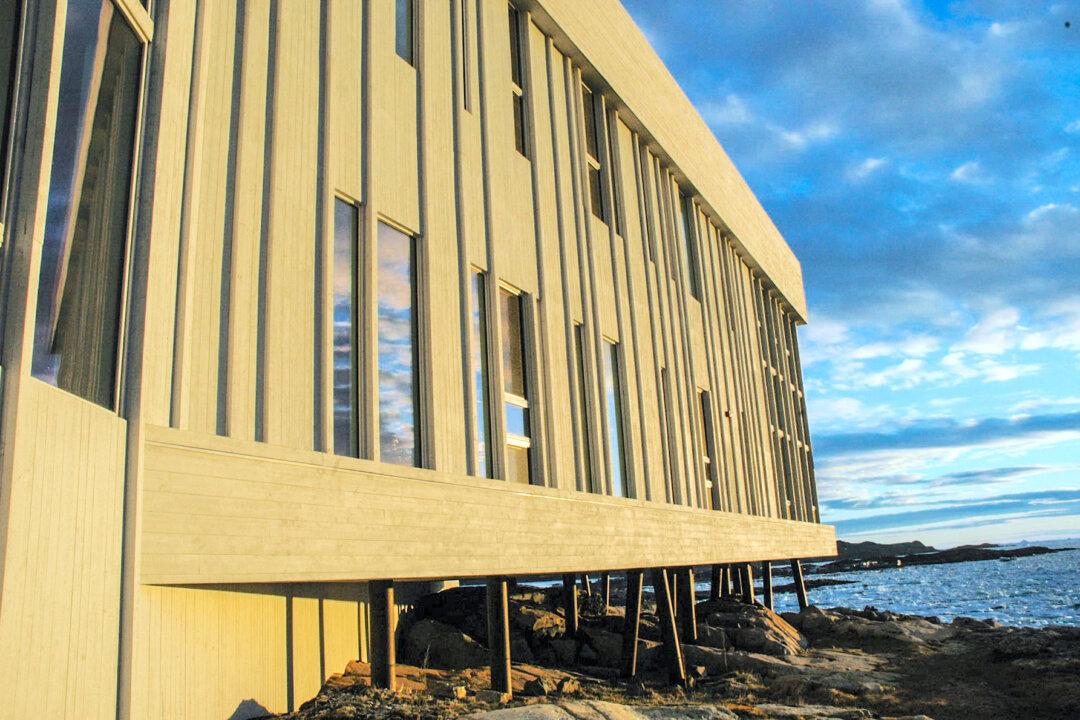Before I visited Dubai in the United Arab Emirates, I asked Arabic-speaking friends to give me a lesson or two in their language. They assured me, however, that in Dubai I would never need to speak Arabic.
And they were right. During a short visit, you may not even meet any locals, as the Emiratis make up a mere 15 percent of the population. For this reason, you should try and visit the Sheik Mohammed Center for Cultural Understanding upon arrival. Here you can learn all about Arabic culture and history. And you are encouraged to ask any questions you might have, no holds barred. The guides speak excellent English, and what’s more, they are Emiratis.
Once you hit the scorching streets, in the hotels, or on the air-conditioned buses, present-day Dubai will meet you. In other words, you will run into people from around the globe. I came across French people, Russians, Germans, and even a Venezuelan. The latter had lived in Dubai for many years and had never learned more than a few words of Arabic. Sri Lankans, Indians, and Filipinos who make careers here see no need to learn even the basics of Arabic.

